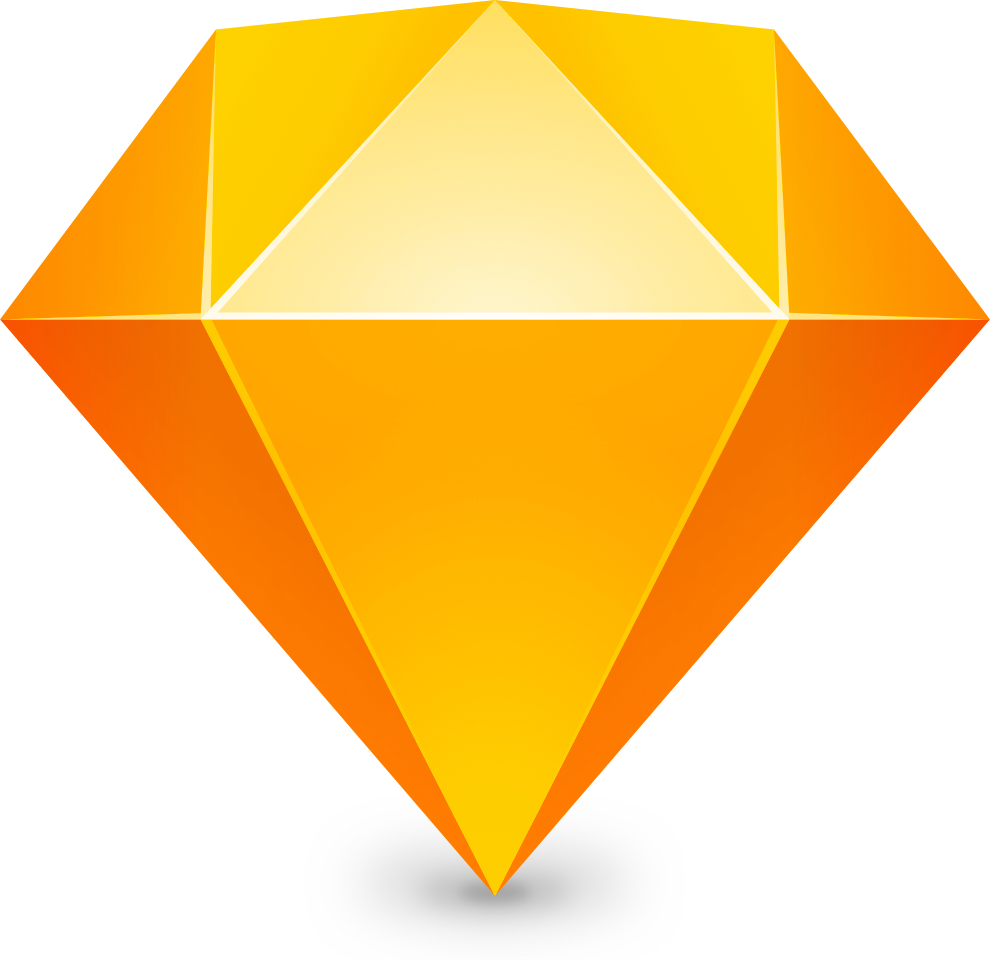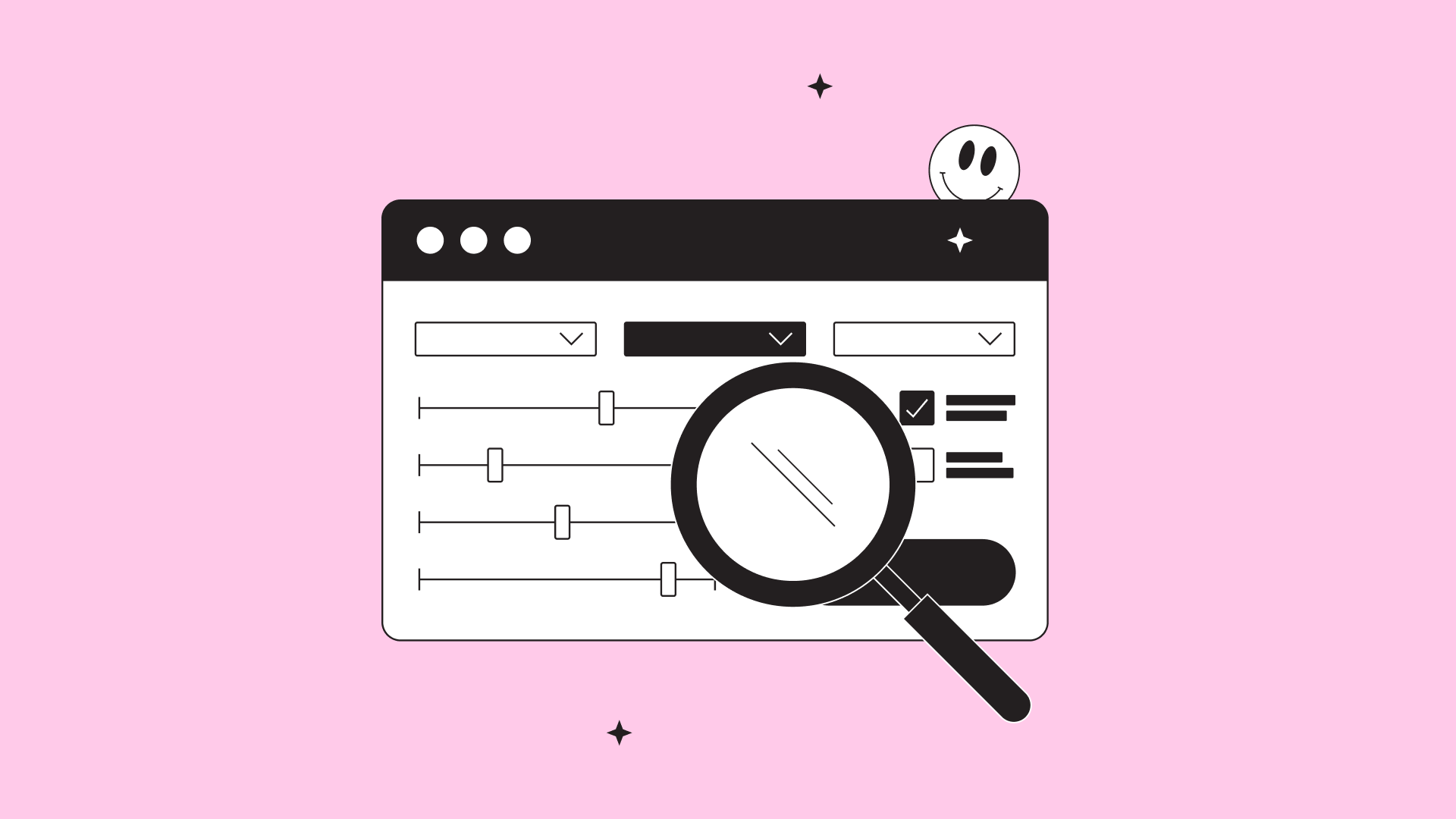Tips for New Product Designers Without Design Experience
For the past few months I’ve been working as a design apprentice at Headway, and during this time I’ve accumulated a list of resources and learning strategies that I hope to share with other designers who are just starting out. I hope they prove useful to you as they did for me.

Before getting into design, I studied psychology at university because I have always found the human mind fascinating. It wasn’t until after college, as I was trying to decide what I want to do next, that I discovered product design through reading a few Medium articles written by designers on the subject. A case study on a product peaked my interest, and I started to dig deeper into what design is all about, and read everything I could find on it. If you’re interested in pursuing a career in product design, you are probably curious about people, like solving tough problems, and want to make a positive impact through design as well.

For the past few months I’ve been working as a design apprentice at Headway, and during this time I’ve accumulated a list of resources and learning strategies that I hope to share with other designers who are just starting out. I hope they prove useful to you as they did for me.
Working on projects is the fastest way to learn
The biggest lesson I learned as a new designer is to jump in and start working on projects right away. There are lots of books you can read and online classes you can take, but once you start working on projects you will start solving problems and applying the knowledge you’ve learned.
How to find design projects to work on
You might be thinking, “What are some projects you can work on?” I suggest asking friends or small businesses if you can design a website or an app for them. Find a problem you’re interested in or care about, and design a solution for it. Document your work in a case study to add to your early portfolio. This may or may not be paid work. Sometimes just creating something for a made-up company can be good practice and add to your portfolio as well.
Learn the fundamentals of visual design
Learn from books and online resources
If you didn’t come from a design background, you will want to learn the fundamentals of visual design. This includes developing a good understanding of typography, composition, colors, shapes, and forms. Here are some good resources that I’m using to better my visual design chops.
Resources on visual design
Thinking With Type - Ellen Lupton
This is a great guide on how to use typography in both print and web. The book has three sections focusing on letter, text, and grid, with lots of visual examples.
The Futur
This is a channel on Youtube that posts educational contents on graphic design, typography, branding, and live design critique sessions.
Coursera
There are a few fundamentals of graphic design courses that you can check out. I suggest browse around and see what interests you.
Learn from designers you admire
Aside from reading books or watching videos, I also find design work by people I admire and reproduce it pixel by pixel. I find this to be a good way to learn the nuances in decision making. You’ll start to understand things like their approach to hierarchy, how they worked with the grid, and more. These reproduced works should never be published as your own, but should only serve as a tool for learning. By copying great work, you will eventually develop an eye for what looks good and what doesn’t, and form your own style.
Make showing and sharing your work a ritual
I find that being in the habit of sharing your work, and not just your polished and finished design, but the work in progress as well, will help you improve faster. The design team at Headway encourages each other to share screenshots of what we are working on throughout the day. Getting constructive criticism from others constantly has helped me produce better work and save time.
Billy, another designer at Headway, wrote a recap on the books “Steal Like an Artist” and “Show Your Work!”, which includes some very good advice for new designers on how to improve their craft.
Places where you can post your work:


This is a great place to post snapshots (800 x 600 px) of what you’re working on. In order to post, you have to be invited by someone else, but many designers have invitations to give out which they announce on Twitter, so make sure you keep an eye out for that.

Behance allows you to have more content per post, so many people create case studies of their work, and even use it as their portfolio.
Learn How to Use the Design Tools
Practice until you become comfortable using a design tool. Try to learn shortcuts and look up tips and tricks to speed up your workflow. You will provide more value to your team if you are able to produce good work quickly. You can also make time to work on side projects in order to learn a new skill, such as prototyping, interaction design, coding, etc. Tech is constantly changing, and having a large set of skills will help you tremendously in being more versatile.





Some resources for learning new skills:
Sketch Together
A Youtube channel with crash course videos teaching you how to use different features on Sketch, as well as other design and prototyping tools.
Invision Blog
Invision sometimes shares great tips and tricks for Sketch, one of which I linked here.
Skillshare
Skillshare offers tons of online classes from a range of topics you can browse around.
Design is more than aesthetic
When I first started working on projects, I would get hung up on creating pixel perfect design, but a good designer must be able to empathize with the users and create something that solves the right problem well.
Here are some good reads on the principles of product design, and develop a good foundational knowledge of design thinking, user research, information architecture, lean and agile process, etc.
Design thinking

The Design of Everyday Things, Don Norman
A classic must-read for every designers. A great introduction to designing with consideration to human psychology.

Change by Design: How Design Thinking Transforms Organizations and Inspires Innovation, Tim Brown
A good read on the idea of design thinking, the human-centered approach to design.
Principles
About Face: The Essentials of Interaction Design, Alan Cooper
A comprehensive guide to interaction design
DesignBetter.co, Invision
Invision has great content for designers. A four books series on Principles of Product Design, Design Thinking Handbook, Design Leadership Handbook, Design System Handbook, with beautiful illustrations.
Processes
Lean UX: Applying Lean Principles to Improve User Experience, Jeff Gothelf and Josh Seiden
A guide to the Lean UX approach to experiment with product ideas, test, and iterate.
A Project Guide to UX Design: For user experience designers in the field or in the making, Russ Unger and Carolyn Chandler
I go back to this book a lot whenever I need a refresher on anything design related. A great introductory guide for beginners.
To be a good designer you must be curious about the people who will eventually use the products you’ve designed. I recommend developing a good understanding of human behavior as it will help you tremendously in thinking about your products and designing with the users in mind.
User research

Field Guide To Human-Centered Design, IDEO
A resource created by IDEO to serve as a guide to gain insights from the people we’re designing for. I refer to this often as there are many useful interview and research templates included within the kit.
Understanding people
100 Things Every Designer Needs to Know about People, Susan Weinschenk
A useful resource on human behavior. This book summarizes research on human behaviors and includes practical examples of how to apply the those principles in design.
Design with the Mind in Mind, Jeff Johnson
This book provides you with principles in cognitive psychology that can be applied to user interface (UI) design.
Keep up with what’s new in the product design industry
Keeping up to date with the latest in the design community is very valuable. At Headway, we spend the first 30 minutes of everyday doing a Learn Something session, where everyone takes turn sharing and discussing an article or video about a topic in design. I take this as an opportunity to read up on the new research, thoughts, discoveries that other designers have written about and posted.
Here are a few resources I recommend:
Better soft skills make you a better designer
It’s important to practice to become comfortable talking about your design and thinking process. Try to be intentional about your design so that during critique, you can clearly explain your decision making. Presenting your work to client for the first time can be nerve-racking, but I find that being over prepared can help you feel more confident. The advice here is to keep practicing, ask for feedback, and reflect on how you can do better next time.

Better design requires constant learning
Be in the mindset that you’re never done learning. A good way to keep track of what you’ve learned is to document it through writing blogs or even just journaling in your own notebook. I find that this practice is incredibly helpful for unpacking and retaining complex ideas, and helps you reflect on what you’ve learned. If you publish your writing online, you can also help others who are interested in the same topics as yourself.
When first diving in, I felt overwhelmed by all the different topics I should be familiar with in design, but I find that it’s most helpful and motivating if you learn about a topic when it’s most relevant to you. For example, if you’re working on a website redesign project, it might be a good time to consult a guide on information architecture.
Another tip is that you shouldn’t feel like you have to read all these books cover to cover. Look at the table of contents and see what is most relevant to you, or what you’re most curious about at the moment. Reading what you’re truly interested in will allow you to read more and help you retain the information better.
Find opportunities to learn from others
If you are an intern or a junior designer on a team, learn as much as you can from other senior designers. During my apprenticeship, I was given the opportunity to pair up with other designers via Slack’s share screen feature, and observe as they worked on designing out mockups from wireframes in Sketch. This was very valuable because I was able to observe workflows, get tips and tricks, and learn about the thought process and decision making. If possible, I highly suggest you do this as well.
If not on a team, I recommend finding a mentor to guide you, give you feedback on how to improve, and point you to resources. The design community is very eager to share knowledge. You can follow the community on Twitter to see what other designers are working on and talking about.
Try to learn from those who are in industries different from design as well. Everyone knows something you don’t. Expand your mind and absorb ideas from a variety of fields will help you become a better thinker, and follow, a better designer.
–
I hope all of these strategies and resources will help you as they did me, and I wish you good luck on your journey to an exciting career!



.png)
